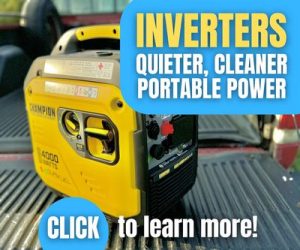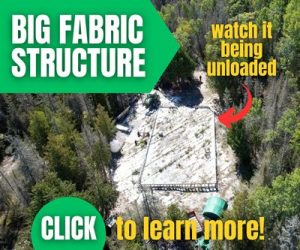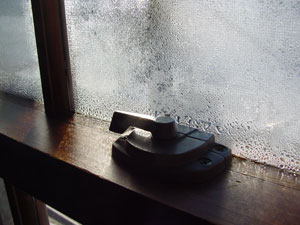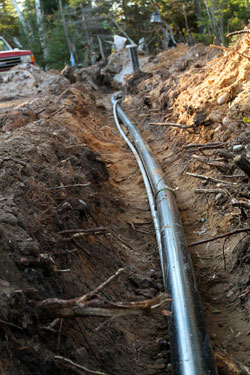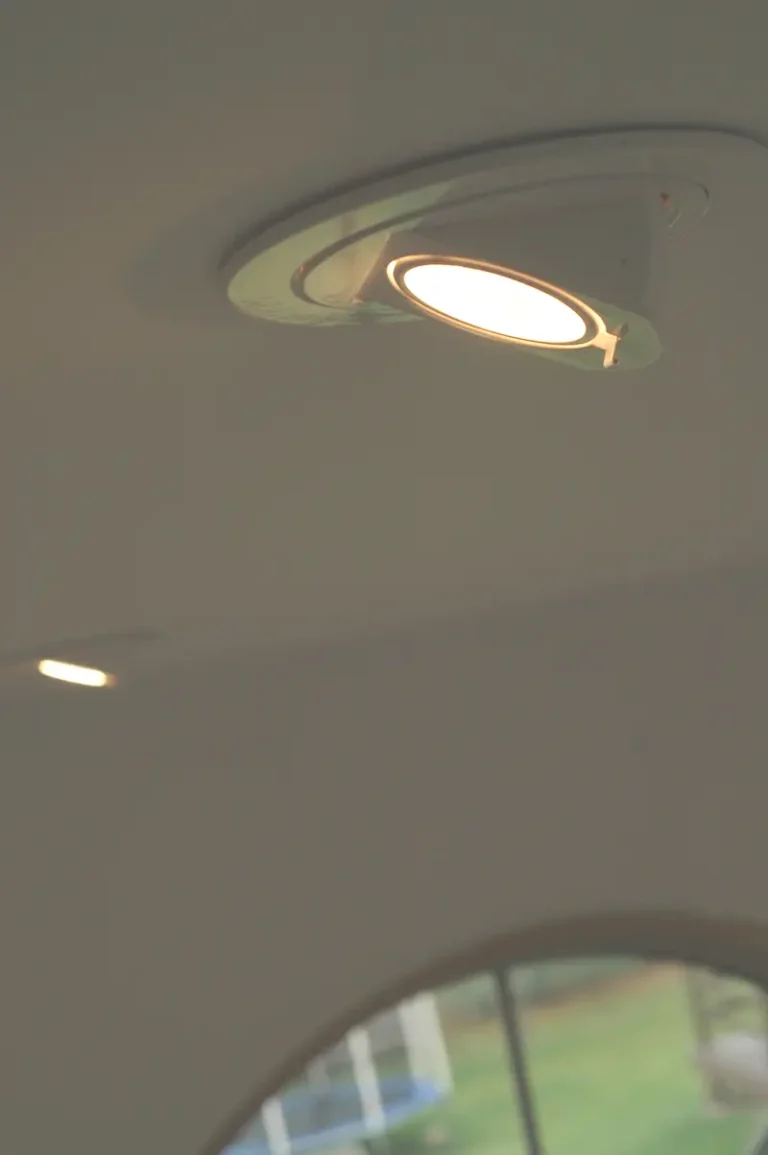My friend and subscriber Ray Gibbs was building a timber frame workshop, but wondered about an insulation option that would allow the beautiful roof beams to remain visible from below. That’s his drawing here. See video further down for a technical tour of how I do this work.
- Video Watch Time = 4 minutes

Q: Is it a good plan to use foam to insulate on top of the rafters of the timber frame workshop I’m building? My thoughts are to use 4” thick (R20) foam board installed as shown in the sketch I sent you. I realize that R20 is a bit light for a roof in Canada, but I plan to use ice and water shield as a vapour barrier on the warm side of the installation. After all, it’s just a shop.
A: Your plan looks good, and it’s essentially what I’ve done on a couple of projects I’ve built. The thing to keep in mind is that R20 on the roof won’t be enough to completely stop melting of roof snow and some ice dam formation when conditions are ripe. This means snow on the roof, with temperatures four or five degrees below freezing, plus normal room temperatures in your shop. Even with more insulation in the roof (say, R40), you’ll still have something of this icing effect, as I know from experience. Whether or not this icing will be significant remains to be seen. But with ice and water shield directly under the roofing, even if backed up water does form, it won’t leak into your building.
Watch the video below for a technical lesson on this approach.

